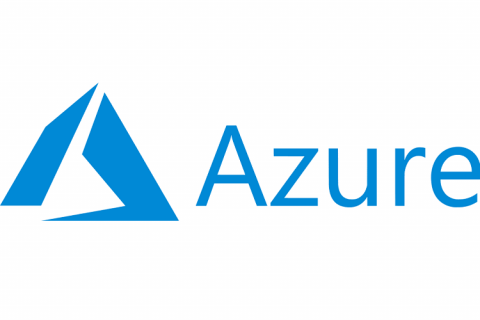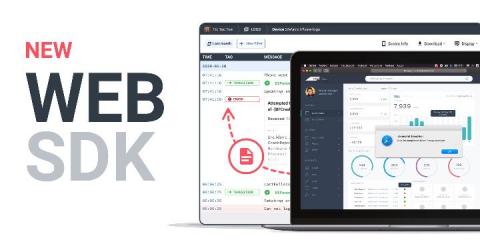Bug Forensics - How to debug an app that communicates with the server
When something crashes in an app, fixing the bug is usually quite straightforward. But apps can also be blighted by bugs that don’t result in crashes, and this is where things start to get interesting. To find and fix these bugs, you will require as much information as possible and probably a combination of tools. Let me explain a process we know as ‘bug forensics’, based on a real bug that has impacted one of Bugfender’s customers.










